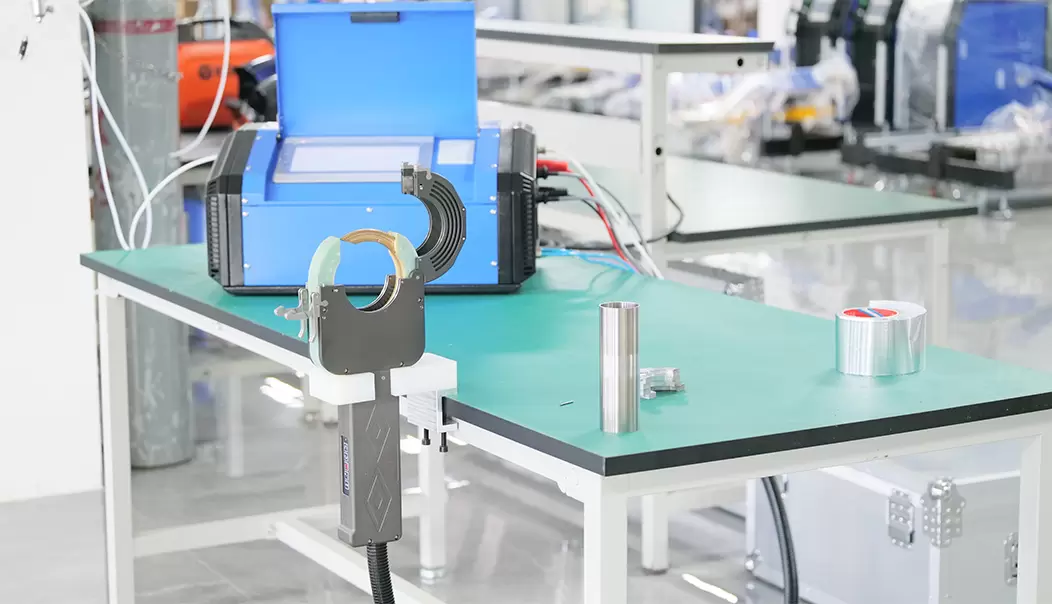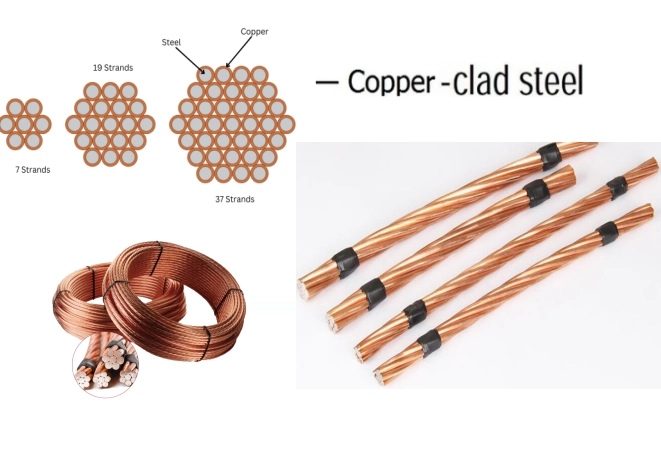Choosing the Right Saw for Your DIY Projects: A Comprehensive Guide
When it comes to DIY projects, selecting the right tools can make all the difference between a successful endeavor and a frustrating experience. Among the myriad of tools available, saws are arguably the most essential for cutting wood, metal, and other materials. But with so many options on the market, you might find yourself asking, Which saw is best for DIY? This article aims to provide a detailed exploration of various saw types, their applications, and tips for choosing the best one for your specific needs.
Understanding the Types of Saws
Before diving into which saw is best for your DIY projects, it’s crucial to understand the different types of saws available. Each type has its unique features and is suited for specific tasks.
- Hand Saws
Hand saws are the traditional tools that have been used for centuries. They are simple, effective, and require no power source, making them ideal for small projects or when working in tight spaces.
- Types of Hand Saws:
- Panel Saw: Best for cutting sheets of wood.
- Back Saw: Ideal for precise cuts, often used in joinery.
- Coping Saw: Perfect for intricate cuts and curves.
Pros: No electricity needed, portable, low cost.
Cons: Requires physical effort, not suitable for large projects.
- Power Saws
Power saws have revolutionized the DIY landscape, offering speed and efficiency. They come in various forms, each designed for specific cutting tasks.
- Circular Saw: A versatile tool that can cut through wood, metal, and plastic. It’s perfect for straight cuts and can be used with various blades for different materials.
- Jigsaw: Excellent for making curved cuts and intricate designs. It’s user-friendly and suitable for beginners.
- Miter Saw: Ideal for making angled cuts, especially for framing and molding projects. It provides precision and is often used in carpentry.
- Table Saw: A staple in woodworking shops, it allows for precise cuts on larger pieces of wood. It’s best for straight cuts and can handle a variety of materials.
Pros: Faster and more efficient than hand saws, suitable for larger projects.
Cons: Higher cost, requires electricity, and can be dangerous without proper safety measures.
Factors to Consider When Choosing a Saw
When determining which saw is best for your DIY projects, consider the following factors:
- Project Type
The nature of your project will significantly influence your choice of saw. For example, if you’re working on detailed woodworking, a jigsaw or a back saw may be more appropriate. Conversely, if you’re cutting large sheets of plywood, a circular saw or table saw would be more efficient.
- Material
Different materials require different saws. For instance, metal cutting requires a saw with a fine-toothed blade, such as a hacksaw or a band saw. Wood can be cut with a variety of saws, but the choice of blade will affect the quality of the cut.
- Skill Level
If you’re a beginner, you might want to start with simpler tools like a hand saw or a jigsaw. As you gain experience, you can invest in more complex tools like a miter saw or table saw.
- Budget
Saws can range from inexpensive hand tools to high-end power saws. Determine your budget before making a purchase, and remember that investing in quality tools can save you money in the long run.
Safety Considerations
Regardless of the type of saw you choose, safety should always be your top priority. Here are some essential safety tips:
- Wear Protective Gear: Always wear safety goggles, gloves, and a dust mask when using saws.
- Read the Manual: Familiarize yourself with the tool’s operation and safety features.
- Keep Your Workspace Clean: A clutter-free workspace reduces the risk of accidents.
- Use the Right Blade: Ensure that the blade is appropriate for the material you are cutting.
Conclusion
Choosing the right saw for your DIY projects is a critical step that can enhance your efficiency and the quality of your work. By understanding the different types of saws available, considering the specific needs of your project, and prioritizing safety, you can make an informed decision that will serve you well in your DIY endeavors. Whether you opt for a traditional hand saw or a modern power saw, the right tool will empower you to bring your creative visions to life. Happy sawing!

